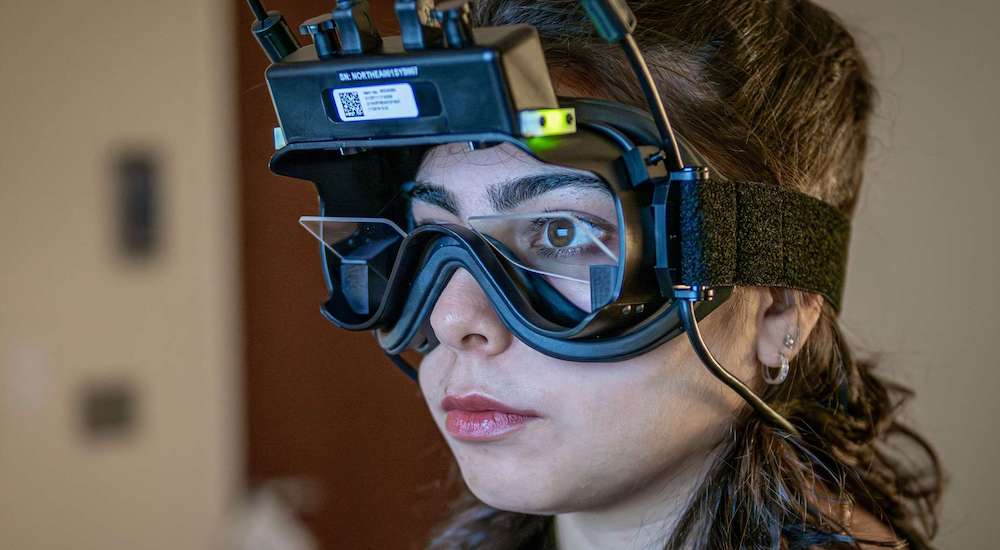Study on prevalence, severity, exposures, and treatment of tinnitus in the US
Tinnitus
Researchers from the University of California, Irvine and from Harvard Medical School, Boston recently published results of an epidemiological study on tinnitus in the United States.

The aim of the study was to quantify the epidemiological features and effects of tinnitus and to analyze tinnitus management. To do this, the team designed a cross-sectional analysis of the representative 2007 US National Health Interview Survey, which included some 75,764 respondents.
For the study, a weighted national sample of adults aged 18 years or more who reported tinnitus in the previous 12 months was selected. When applying sample design weights to the raw data, extrapolated results showed that of the estimated 222 million adults in the United States, 21.4 million (9.6%) experienced tinnitus in the past 12 months. Among these, 27% had symptoms for longer than 15 years, and 36% had nearly constant symptoms, according to the statistical calculations. Higher rates of tinnitus were found for people reporting consistent exposure to loud occupational noise (odds ratio, 3.3; 95% CI, 2.9-3.7) and recreational noise (odds ratio, 2.6; 95% CI, 2.3-2.9).
In addition, 7.2% of the sample reported their tinnitus to be a “big” or a “very big” problem, compared to 41.6% who reported tinnitus to be a “small” problem. Interestingly, slightly less than half (49.4%) had discussed their condition with a physician, and medications were found to be the most frequently discussed treatment recommendation (45.4% of cases).
Source: Bhatt JM, et al. Prevalence, Severity, Exposures, and Treatment Patterns of Tinnitus in the United States. JAMA Otolaryngology — Head & Neck Surgery 2016 Jul 21.



